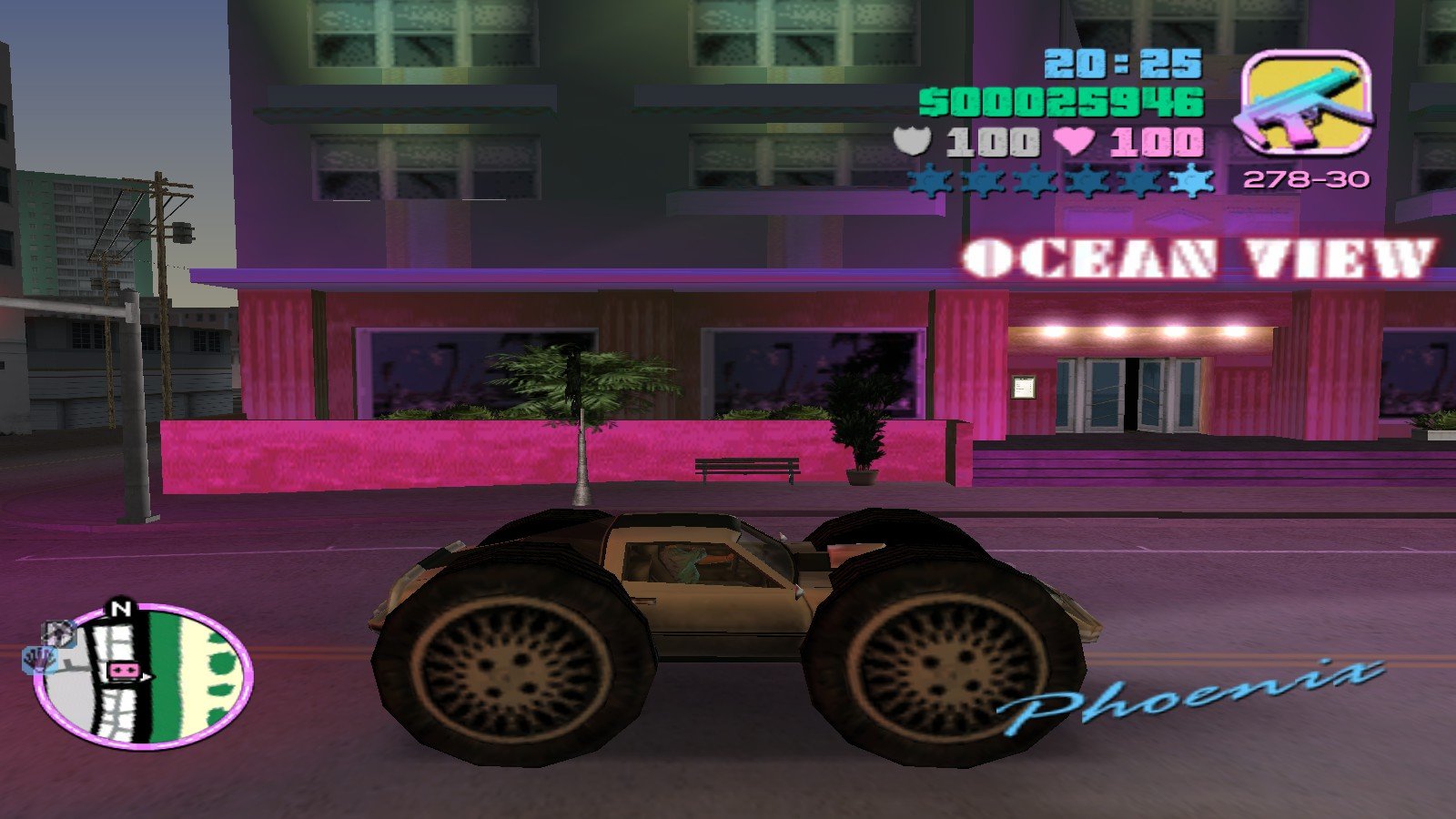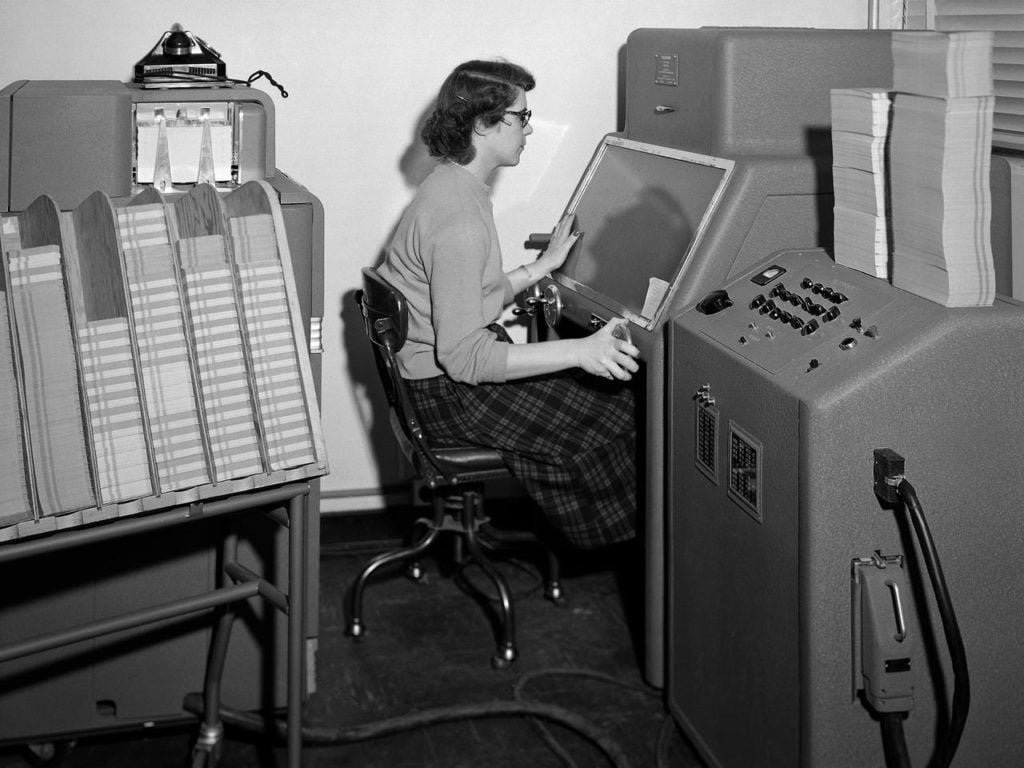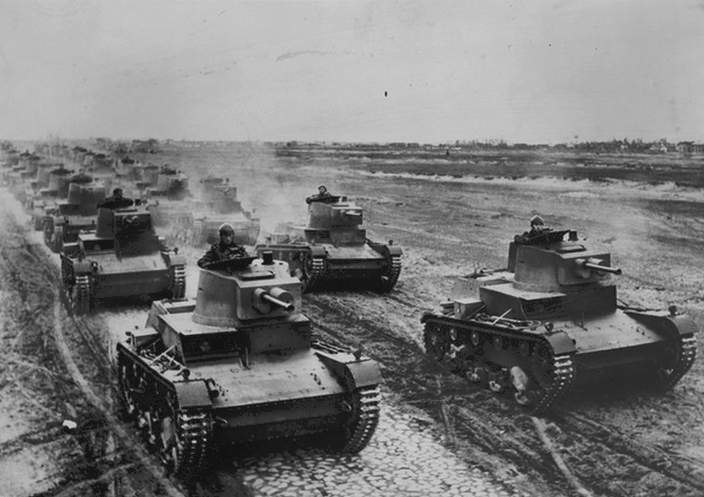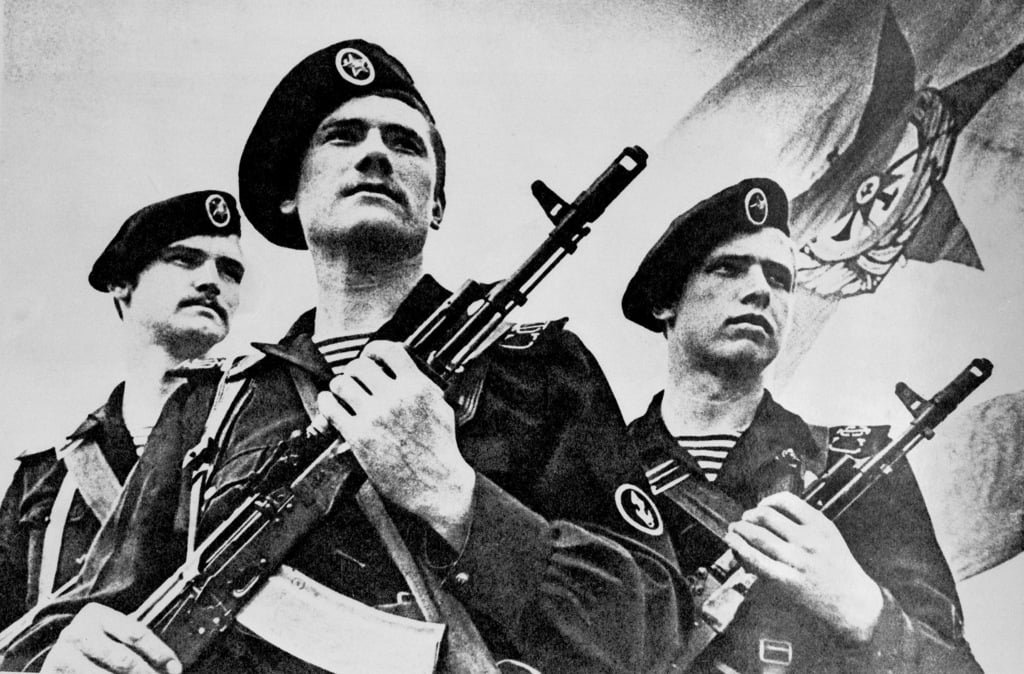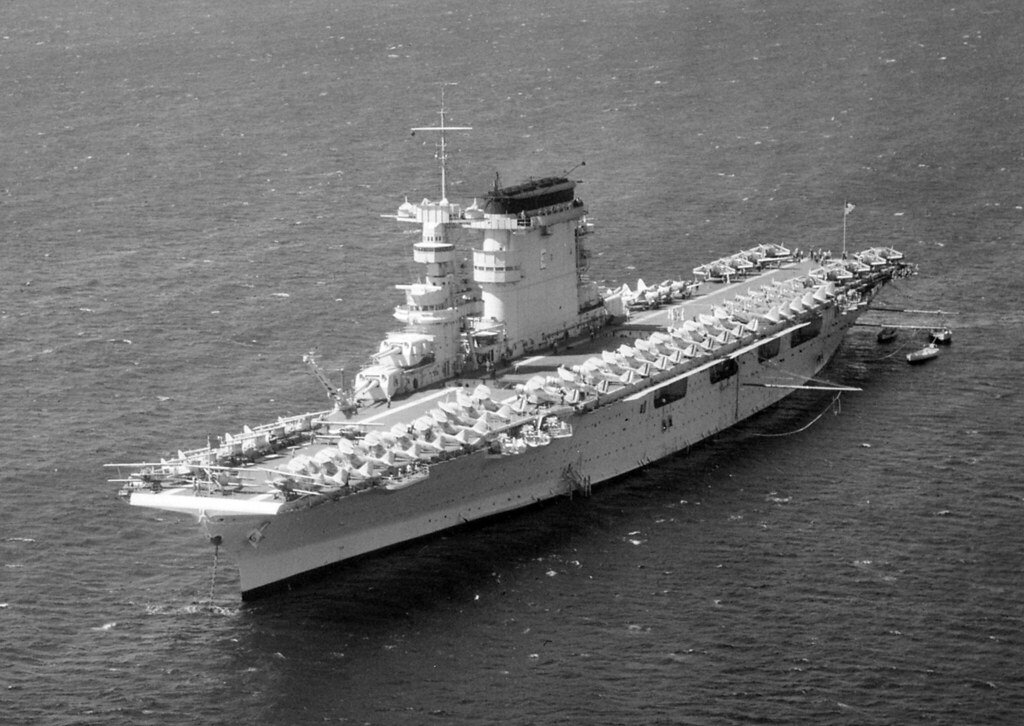The Soviet Union, during its seven-decade existence from 1922 to 1991, stood as one of the world’s two superpowers alongside the United States. Throughout this period, the Soviets were at the forefront of military technology, developing a formidable array of weapons that left an enduring legacy in the annals of history—this SEO-friendly blog post embarks on a comprehensive exploration of the extensive Soviet arsenal, delving into iconic weapons, groundbreaking innovations, and the far-reaching impact of Soviet military prowess.
Table of Contents
Who was the best Soviet military leader?
The question of who the “best” Soviet military leader is can be subjective and depends on various factors, including the context of their leadership and the criteria used for evaluation. The Soviet Union had several prominent military leaders who played crucial roles in different periods of its history. Here are a few notable figures:
1. Georgy Zhukov
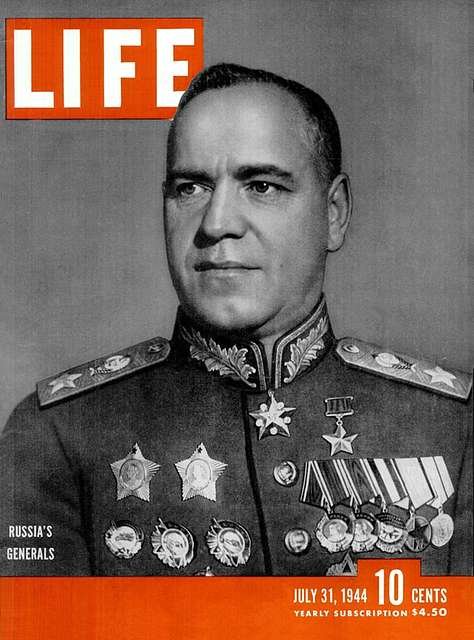
Marshal of the Soviet Union, Georgy Zhukov, is often regarded as one of the most accomplished military leaders in Soviet history. He played a pivotal role in the Soviet victory over Nazi Germany during World War II and was known for his strategic brilliance and effective command.
2. Aleksei Brusilov
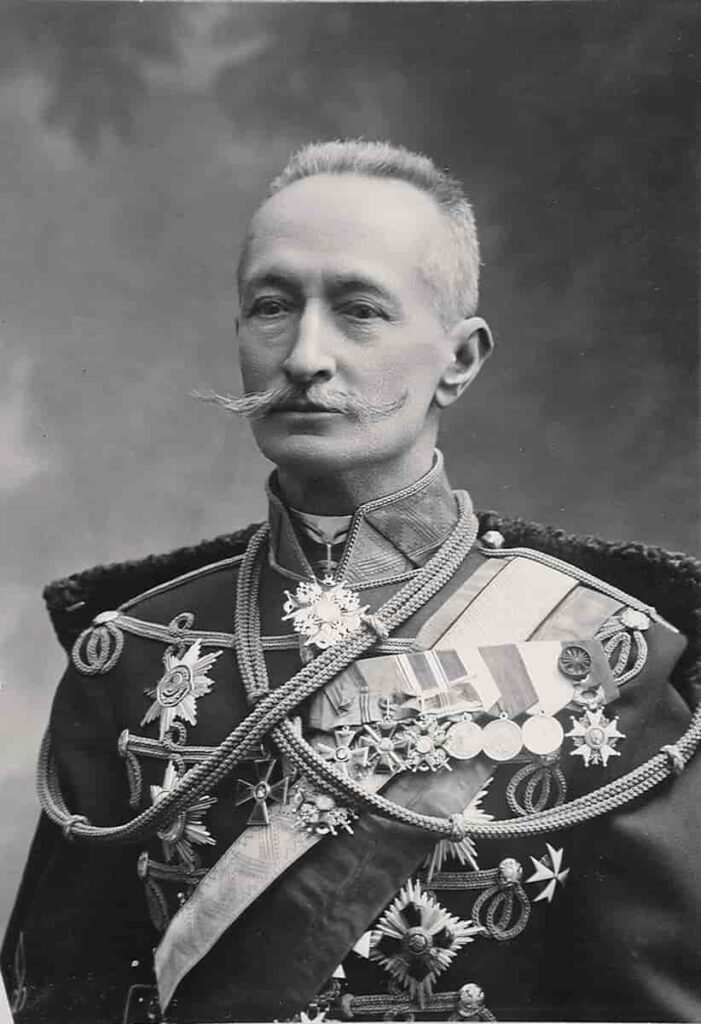
General Aleksei Brusilov is recognized for his innovative tactics during World War I, particularly the successful Brusilov Offensive in 1916. His tactics demonstrated significant military acumen.
3. Mikhail Kutuzov
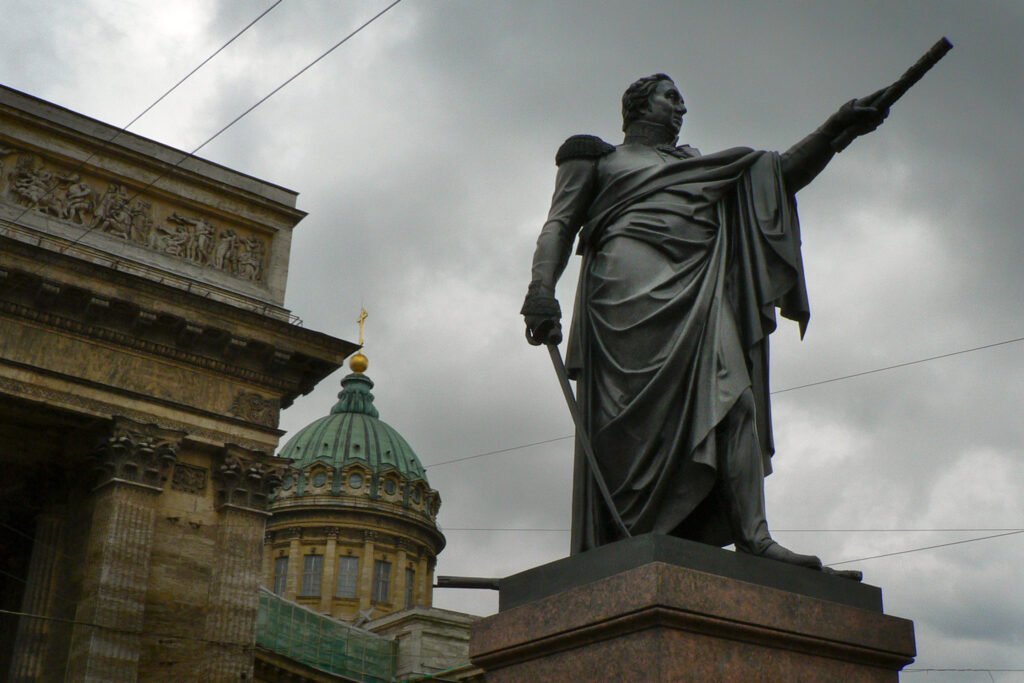
Although from an earlier era (late 18th and early 19th centuries), Marshal Mikhail Kutuzov is remembered for his leadership during the Napoleonic Wars, including his strategy of conducting a tactical withdrawal, which ultimately contributed to Napoleon’s defeat in Russia.
4. Ivan Konev and Konstantin Rokossovsky
Both Konev and Rokossovsky were accomplished Soviet military leaders during World War II, known for their roles in various offensives and operations on the Eastern Front.
The assessment of the “best” Soviet military leader depends on the specific criteria one considers, such as their contributions to victories in significant battles, strategic thinking, leadership qualities, and overall impact on Soviet military history. Different historians and experts may have varying opinions on this matter.
Who is known as the hero of the Soviet Union?
The title “Hero of the Soviet Union” was a prestigious honorary title and the highest distinction that could be awarded to individuals for their exceptional heroism and service to the Soviet state. It was established in 1934 and existed until the dissolution of the Soviet Union in 1991.
Many individuals received the title of “Hero of the Soviet Union” for acts of heroism, courage, and extraordinary achievements in various fields, including military service, space exploration, and civilian endeavors. Notable recipients include military leaders like Georgy Zhukov, cosmonauts like Yuri Gagarin, and many others who demonstrated exceptional courage and contributions to the Soviet Union.
The title was a symbol of the highest honor and recognition in the Soviet Union and remains an essential part of its history.
Who was the Soviet soldier who saved the world?
The Soviet soldier often referred to as the one who “saved the world” is Stanislav Petrov. He was not a soldier in the traditional sense but a lieutenant colonel in the Soviet Air Defense Forces. Stanislav Petrov is renowned for his role in preventing a potential nuclear catastrophe during the Cold War.
In 1983, Petrov was on duty at a missile early warning center when the system erroneously indicated that the United States had launched multiple intercontinental ballistic missiles (ICBMs) toward the Soviet Union. Despite the tense political climate and the computer’s warning, Petrov trusted his instincts and assessed that the sign was likely a false alarm.
His decision not to report the incoming missile attack to higher authorities prevented a hasty and potentially catastrophic retaliatory nuclear response by the Soviet Union. It was later confirmed that the warning was indeed a result of a technical malfunction. Petrov’s calm and rational judgment in that critical moment is credited with averting a nuclear war, making him a symbol of responsible decision-making during the Cold War.
What was the main weapon of the Soviet Union?
The Soviet Union developed a wide array of weapons and military equipment during its existence, so it’s challenging to pinpoint a single “main” weapon. However, several iconic weapons and systems were emblematic of Soviet military might:
AK-47 Assault Rifle
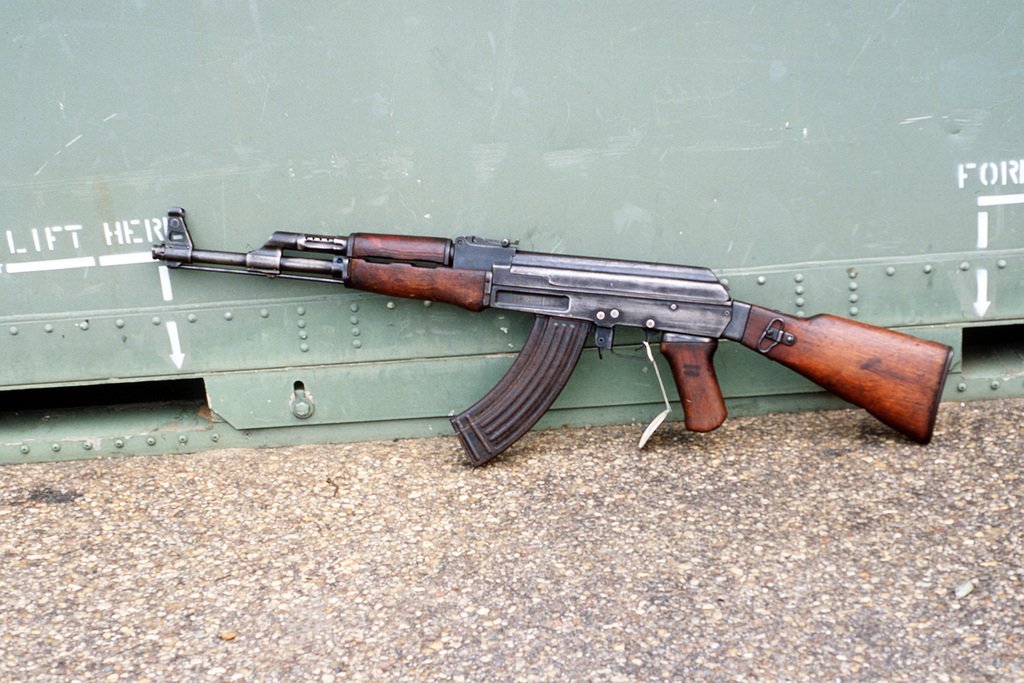
The AK-47, designed by Mikhail Kalashnikov, is one of the most famous and widely recognized weapons in the world. It served as the standard-issue assault rifle for Soviet forces and many other countries. Its durability, simplicity, and effectiveness made it an enduring symbol of Soviet weaponry.
T-34 Tank
The T-34 medium tank was a pivotal weapon during World War II. Its sloped armor, powerful gun, and mobility made it a formidable adversary for German forces. It is often regarded as one of the most influential tank designs in history.
MiG-21 Fighter Jet

The MiG-21 was a supersonic fighter jet that became synonymous with Soviet air power during the Cold War. Its speed, maneuverability, and versatility made it a staple of Soviet and Warsaw Pact air forces.
R-7 Semyorka ICBM
The R-7 Semyorka, designed by Sergei Korolev, was the world’s first intercontinental ballistic missile (ICBM). It marked a significant milestone in the arms race between the United States and the Soviet Union.
These are just a few examples of the many weapons and systems developed by the Soviet Union. The Soviets had a diverse and formidable military arsenal, encompassing land, sea, air, and space-based weapons, reflecting their status as a superpower during the Cold War era.
The Nuclear Arsenal

Tsar Bomba: The Largest Nuclear Bomb
The Soviet Union conducted numerous nuclear tests during the Cold War, but the Tsar Bomba detonated in 1961, remains a staggering testament to nuclear power. With a yield equivalent to 50 million tons of TNT, it is the most powerful nuclear device ever detonated.
R-7 Semyorka: The First ICBM
Sergei Korolev’s development of the R-7 Semyorka marked a historic milestone in the Cold War arms race. This intercontinental ballistic missile (ICBM) was the world’s first and underscored the Soviet Union’s strategic capabilities.
The Space Race
Sputnik 1: The First Artificial Satellite
In 1957, the Soviet Union accomplished a groundbreaking feat by launching Sputnik 1, the world’s inaugural artificial satellite. This landmark achievement heralded the beginning of the Space Race, shaping the future of space exploration.
Yuri Gagarin: The First Human in Space
Yuri Gagarin’s pioneering spaceflight in 1961 made him the first human to venture into outer space. His historic journey not only showcased Soviet space capabilities but also propelled the global space race forward.
The Legacy of Soviet Weapons
Influence on Modern Weaponry
The influence of Soviet weapons on modern warfare and civilian applications is profound. The design principles of the AK-47, for instance, have left an indelible mark on firearms worldwide, emphasizing simplicity, durability, and effectiveness.
Proliferation and Global Impact
Soviet weapons, tiny arms, have been disseminated widely and have found their way into numerous conflicts and arsenals globally. Their presence has shaped the dynamics of regional conflicts, insurgencies, and post-Cold War security challenges.
Post-Soviet Developments
The Russian Federation’s Military Modernization
Since the dissolution of the Soviet Union, Russia has continued to invest in its military capabilities. The Russian Federation has developed advanced systems such as the Sukhoi Su-57 stealth fighter, the S-400 air defense system, and a new generation of intercontinental ballistic missiles.
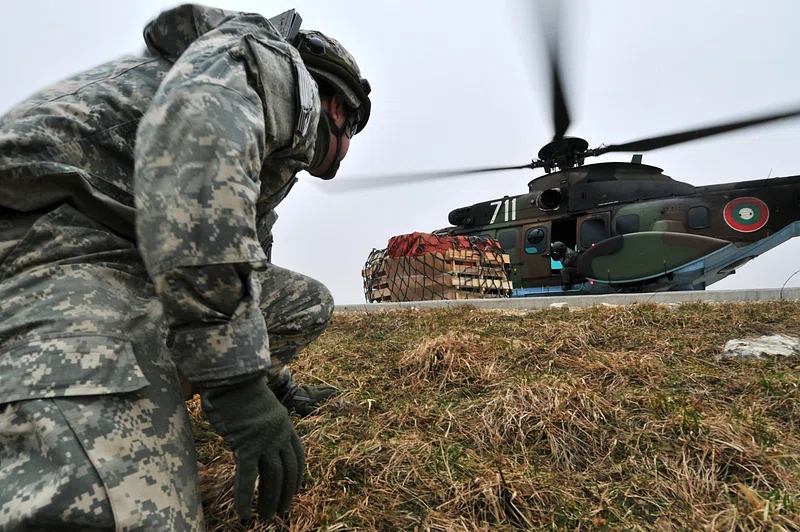
The weapons of the Soviet Union transcend mere tools of warfare; they stand as symbols of a nation’s scientific and engineering prowess. From the legendary AK-47 to the awe-inspiring Tsar Bomba, Soviet weaponry has left an indelible mark on military history. While the Soviet Union may have dissolved, its legacy endures in the arsenal of the Russian Federation and the enduring influence of its weapons on modern warfare.
What was the Soviet Union’s most powerful weapon?
The Soviet Union’s most powerful weapon was the “Tsar Bomba,” officially known as “RDS-220.” It was the largest nuclear bomb ever detonated in human history. This thermonuclear device was tested by the Soviet Union on October 30, 1961, over the Arctic island of Novaya Zemlya. The Tsar Bomba had a staggering yield of approximately 50 megatons of TNT, making it over 3,000 times more powerful than the atomic bomb dropped on Hiroshima. Its immense destructive power symbolized the zenith of the Soviet Union’s nuclear capabilities during the Cold War and remains a stark reminder of the devastating potential of nuclear weapons.
The Soviet Union’s weapons legacy, spanning seven decades, left an indelible mark on military history. From the iconic AK-47 to the powerful Tsar Bomba, these innovations symbolize both the nation’s might and the responsibility tied to such destructive capabilities. The global impact of Soviet weapons underscores the need for responsible arms control and peace efforts. As we reflect on this history, it reminds us of the importance of using scientific and engineering prowess for the betterment of humanity and the imperative of promoting peace and cooperation in our evolving world.


